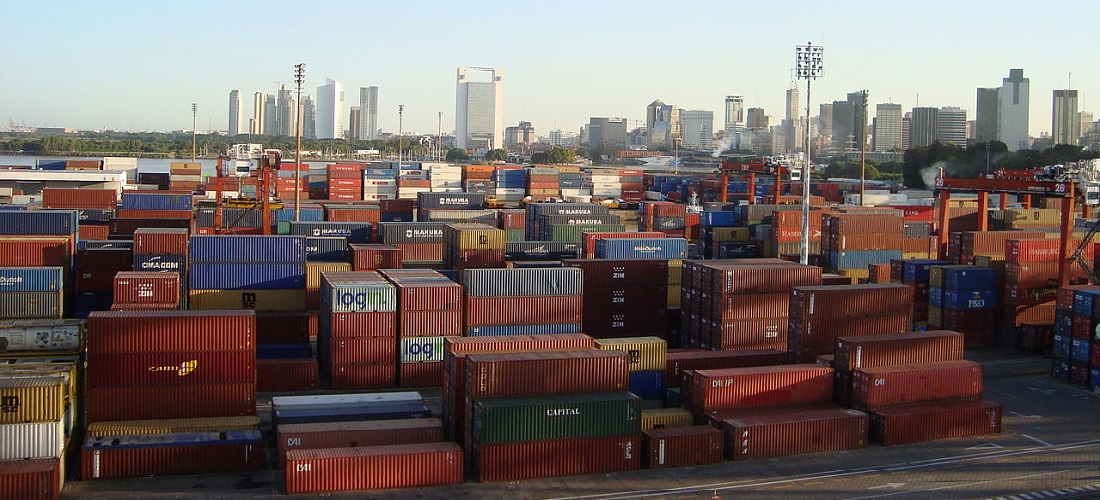
Port of Buenos Aires at Risk of Losing Market to Uruguay and Brazil Due to Lack of Investment
May, 21, 2024 Posted by Gabriel MalheirosWeek 202421
The Port of Buenos Aires faces potential market losses to Uruguay and Brazil due to insufficient investment and operational inefficiencies, according to industry experts. This situation has rendered the port increasingly obsolete, threatening Argentina’s position in the regional shipping market.
Market operators cite the absence of a long-term national infrastructure plan as a critical issue. Repeated renewals of the port’s concession have led to minimal investments, leaving Argentina’s main container port—handling 50% of the country’s total cargo throughput—lacking in technology, equipment, and operational efficiency.
Operational Challenges
A significant concern is the port’s limited operational capacity. The lack of a comprehensive infrastructure plan has resulted in inadequate dredging to accommodate larger ships. This shortfall places Buenos Aires at a disadvantage compared to ports in Uruguay and Brazil, increasing the risk of the port becoming a secondary or ‘feeder’ port, which entails longer navigation times to primary export markets.
The port’s central location exacerbates urban congestion, adds logistical costs, and increases pollution, impacting both residents and tourists. One proposed solution is to decentralize port activities, distributing functions across other ports in the country to alleviate pressure on Buenos Aires.
Potential Alternative Ports
Several alternative ports have been identified:
Exolgan: Located in Dock Sud, close to Buenos Aires, with 60 hectares and a capacity for 1 million TEUs.
TecPlata: Situated 45 minutes from Buenos Aires, featuring a 14-meter-deep dock and state-of-the-art equipment, with a capacity exceeding 1 million TEUs.
Terminal Zárate: In Campana, with 218 hectares and a capacity for 300,000 TEUs, designed for vehicles, containers, and general cargo.
Tajiber: Located at km 92 on the Paraná River, with 280 hectares and a dock capable of handling ocean vessels, feeders, and barges.
Strategic Infrastructure Development
A strategic plan proposes connecting these alternative locations via a new road paralleling the existing Route 6. This development aims to improve logistics costs, operational efficiency, and cargo security while creating new jobs. The use of bi-train trucks is also suggested to enhance vehicle capacity without worsening traffic congestion.
Urban Reorganization and Economic Impact
Decentralizing port activities would facilitate urban reorganization, allowing heavy traffic to bypass the city center, thus reducing congestion and environmental impact. The reclaimed port area could be redeveloped into hotels, public spaces, shopping centers, and a new cruise terminal. This transformation is projected to attract $6 billion in investments and create over 3,000 jobs within a decade.
The proposed changes aim to modernize Argentina’s port infrastructure, positioning the country more competitively in the regional market while enhancing urban living conditions. The plan highlights the urgent need for strategic investments and forward-thinking infrastructure development to secure the future of the Port of Buenos Aires.
Source: Infobae
Click here to access the original news report in Spanish: https://www.infobae.com/economia/2024/05/07/aseguran-que-por-falta-de-inversion-el-puerto-de-buenos-aires-podria-perder-mercado-ante-uruguay-y-brasil/
-
Ports and Terminals
Aug, 04, 2021
0
YTD Cargo handling at Cabedelo increased 27% YoY in July
-
Ports and Terminals
Aug, 21, 2024
0
Itajaí Port’s Container Operations to Resume with Five Shipping Lines
-
Ports and Terminals
Mar, 08, 2024
0
VirtU GNL and Port of Itaqui sign agreement to decarbonize fleet
-
Trade Regulations
Sep, 27, 2024
0
Brazil Opens 200 New International Markets for Agricultural Products in 20 Months


